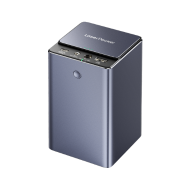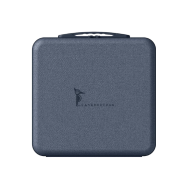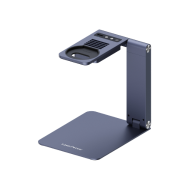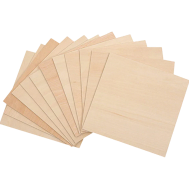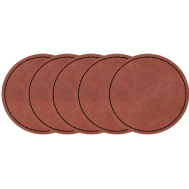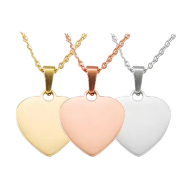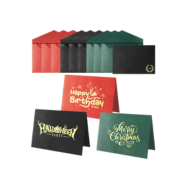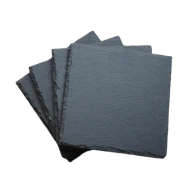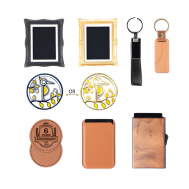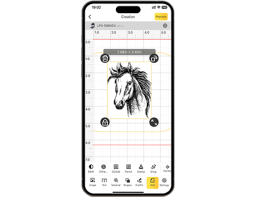Laser engraving on stone isn't just an artistic choice—it's a way to create bold, permanent designs that withstand the test of time. Whether you're creating personalized gifts, signage, or architectural decor, deep engraving on stone can give your work a high-end, sculptural quality.
In this tutorial, you will see what deep laser engraving on stone is, how deep it can go, which stones to choose, and how to achieve impressive results with a laser engraving machine.

In this article:
Part 1: What is Deep Laser Engraving on Stone/Rock?
Deep laser engraving is the process of etching a design several millimeters into the surface of stone. Unlike surface marking or light etching, deep engraving removes more material to create dimensional reliefs and embossed effects. This method is perfect for creating textures, 3D visuals, and long-lasting impressions that stand out—literally.
Deep laser engraving on stone typically involves grayscale embossing, where the laser adjusts its power output based on image depth information to carve out contours and shading.
Part 2: How Deep Does Laser Engraving Go on Stone?
It is a bit complex to answer this question as the depth of a laser engraving on stone depends on several factors that you should know: the type of laser, material hardness, and the number of engraving passes. Take LaserPecker LP5 for example, users can achieve depths ranging from 0.5 mm to over 3 mm depending on the settings and the stone type.

Multiple passes with proper ventilation and fine-tuned grayscale files will yield deeper engravings. Keep in mind: deeper cuts require more power and time, so preparation is key.
Part 3: What Stone/Rock is Best for Deep Laser Engraving?
Deep laser engraving on stone requires the right material to achieve crisp, lasting results. Not all stones react the same way to laser energy—some offer better contrast, durability, or carving depth than others.
Always goes for stones that:
- Have a consistent texture
- Don't fracture easily
- React well to laser heat
The best ones for lase engraving on stones are dark, polished and natural stones. Here we list stone types that we typically choose
- Granite – Durable and able to handle high power.
- Slate – Soft enough for deeper etching while offering a refined look.
- Marble – Ideal for high-contrast results and embossing.
- Basalt or river rocks – Great for artistic or natural-style designs.
Avoid overly porous stones or those with unpredictable grain, as they may result in uneven engraving.

Multiple passes with proper ventilation and fine-tuned grayscale files will yield deeper engravings. Keep in mind: deeper cuts require more power and time, so preparation is key.
Part 4: 6 Steps to Engrave Stone Deeply with LaserPecker LP5
We will use LaserPecker LP5 as our laser machine to showcase how to make perfect deep stone engraving. So follow this workflow for optimal results:

Step 1: Use the LaserPecker Design Space (LDS) software to import a image. In the menu bar, select "Black & White".

Pro Tips: It is recommended to use the black-and-white effect to improve engraving efficiency. If the image contains light-to-dark gradients, keep the default dithering effect to accurately reproduce smooth transition details.
Step 2: Adjust the image size and position as needed to ensure the engraving size matches the stone size
Step 3: Set the engraving parameters by selecting a 1064nm light source, 2K resolution, with a frequency of 26, power at 100%, and depth at 25%. The number of engraving passes can be adjusted based on the desired outcome. More passes result in deeper engraving.
Step 4: Place the material in the appropriate position, preview the engraving, and adjust the focus. During the preview, fine-tune the material's actual position to ensure the engraving area is as centered as possible.
Step 5: Once all settings are complete, start the engraving.
Step 6: During the engraving process, dust or smoke may be generated. It is recommended to place a high-speed fan near the material to maintain a clean engraving environment, preventing dust from settling on the surface and ensuring a better engraving result.

FAQs: Hot Questions About Stone Deep Laser Engraving
1. Can LaserPecker LP5 do deep engraving?
Yes. With its dual-laser configuration and grayscale mode, the LP5 is capable of deep engraving on suitable stones like granite, marble, and slate. Multiple passes and the right settings are essential.
2. Which laser would be best for engraving stone?
A laser with high output and grayscale capability, like the LaserPecker LP5, is ideal. Diode lasers with proper focus and control can achieve excellent depth with the right workflow.
3. Can you laser engrave on granite?
Absolutely. Granite is one of the most popular stones for deep laser engraving. It is tough but reacts well to high-powered lasers, producing long-lasting and high-contrast results.
4. How to get deeper laser engraving results?
Consider hand engraving for precision, electric engraving for efficiency, or chemical etching for unique designs.
- Use grayscale or embossing mode.
- Increase power and reduce speed.
- Perform multiple engraving passes.
- Ensure proper cooling between passes.
- Use a pre-cleaned, flat stone surface.
Conclusion
Deep laser engraving on stone adds weight, permanence, and impact to any design. Whether you're a hobbyist or a small business owner, mastering this process can open new creative and commercial possibilities. With the LaserPecker LP5, powerful performance and precise control are at your fingertips.
So grab your design, prep your stone and start engraving masterpieces that last a lifetime.
